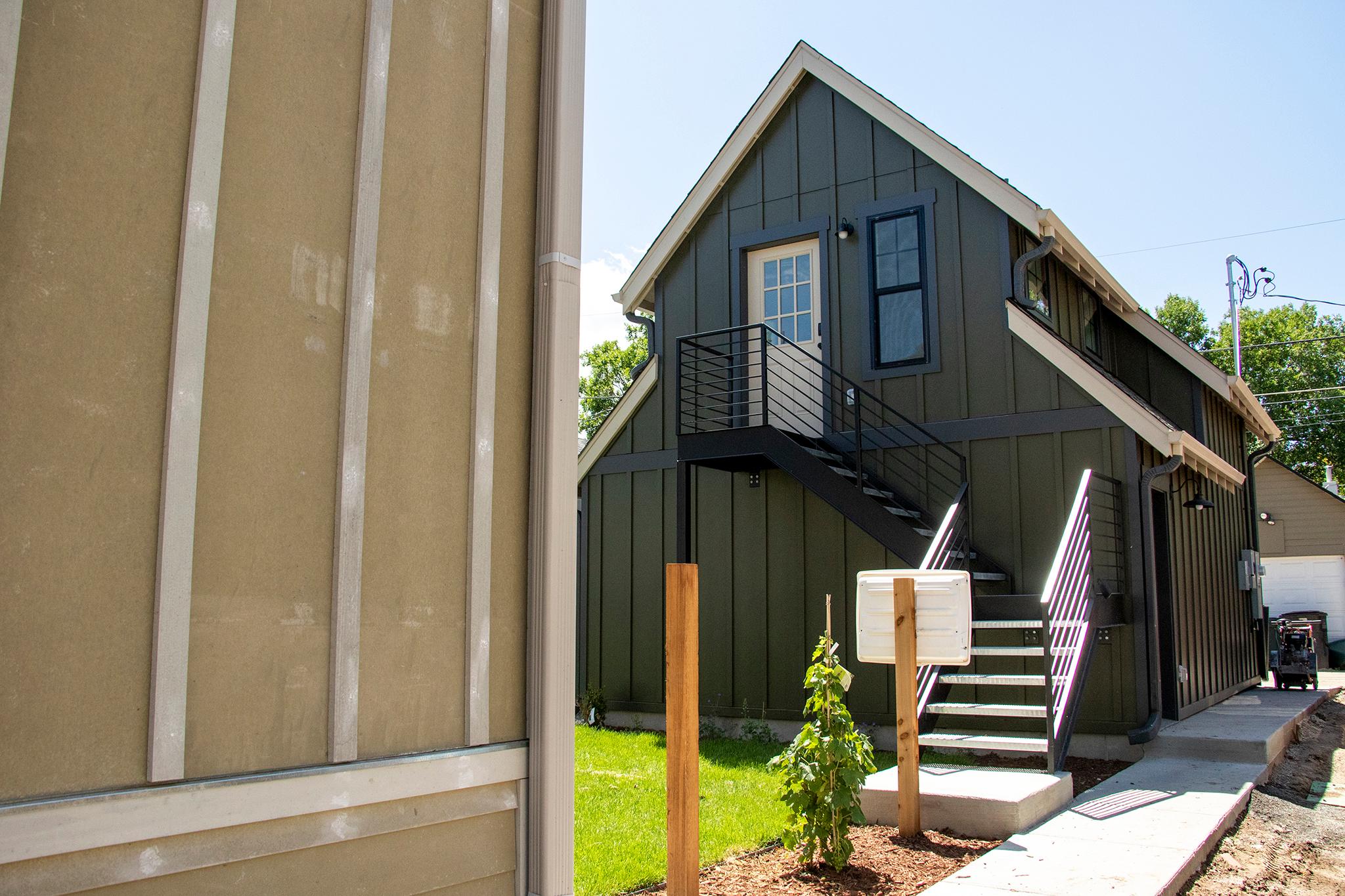Temperatures are heating up. Air quality is declining. Droughts, floods and other extreme weather events are multiplying. Water is disappearing. More people are coming.
"It's a rough transition to talk about the tiny little policy things that I'm talking about in the face of all this," University of Colorado Denver planning professor Jennifer Steffel Johnson acknowledged as a panel discussion on climate change and affordable housing shifted from the former to the latter.
She and other panelists at the Denver Design Week discussion pointed out that areas with housing shortages have to take climate change into account to avoid falling even further behind.
"We can make a difference," said Steffel Johnson, who focuses on affordable housing. "And small differences can accumulate to make bigger differences."
She went on to recommend strategies such as changing zoning to allow accessory dwelling units (sometimes called granny flats), duplexes and townhomes in more neighborhoods.
Here are the arguments: Putting more living space on each block means less money spent per unit on land, which is one of the priciest building blocks. More people in one place means more potential shoppers for local businesses in neighborhoods whose residents might otherwise have to drive to dine, shop or work. The idea is that compact, walkable neighborhoods will cut down on driving, and thereby cut down on the climate-changing burning of fossil fuels.
"We still are very much wedded to our single-family homes," Steffel Johnson said. "But this is one piece of the solution."
Another panelist, Brian Weinmaster, president and CEO of affordable housing builder Alliance Construction Solutions, said modular techniques and robots on the construction site could increase efficiency in his industry, another way to bring down costs. The savings from new construction methods plus the zoning issues Steffel Johnson raised could free up money for stronger roofs to withstand severe weather, more insulation and solar panels, which can be expensive.
"When you're thinking about affordable housing, you really need to think about a development that's going to last for a really long time," said Yong Cho, the founding principal of the Denver architecture and planning firm Studio Completiva.
And that can be expensive, too.
Weinmaster said he's seen his costs for each square foot of affordable housing -- units where subsidies and other strategies keep rents below market rates -- increase nearly 90 percent, from $117 in 2014 to $220 in 2018. Land is a big part of that, as are labor costs as the supply of craftsmen decreases. Administrative costs can rise as more oversight is needed to ensure quality doesn't suffer because of an inexperienced workforce.
"Incomes simply have not kept up with housing costs," Steffel Johnson said.
The answer is not all a matter of technology, said Nate Huyler of Studio Completiva. Simple steps like including a bit of green space in a housing complex will mean residents get a place to get away from the heat of their homes in the increasingly warm summers. Narrowing roads through developments can create more space for trees and plants, he said. And paying attention to where the shadows fall on the buildings will mean more warming sunlight in the increasingly severe winters.
"First you do efficiency, then you do renewable. Make that your strategy," Huyler said.
The discussion ended with a to-do list that included building compactly and incorporating as much energy and water efficiency and green space as possible. Panelists urged people to advocate for infrastructure and policy change that both addresses climate change and houses the most vulnerable.
"We all have to be much more active," Cho said.














